The Rise of Hindu Nationalism
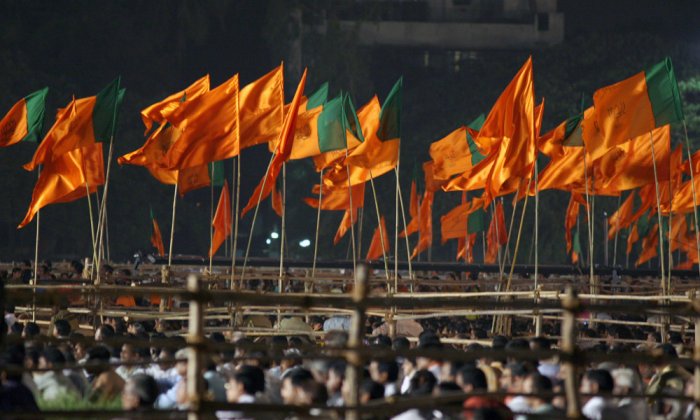
In my 2016 book, “Hate Spin: The Manufacture of Religious Offense and its Threat to Democracy,” I examined how the religious right in the world’s three largest democracies — India, the United States, and Indonesia — use hate propaganda to push their countries away from their inclusive founding visions. In the following excerpt, I trace the rise of religious nationalism under the Bharatiya Janata Party.
In Mahatma Gandhi’s fabled riverside ashram in Ahmedabad, Gujarat, is a poster recalling his stand against majoritarianism: “I do not believe in the doctrine of the greatest good of the greatest number. It means in its nakedness that in order to achieve the supposed good of fifty-one percent, the interest of forty-nine percent, may be, or rather should be sacrificed. It is a heartless doctrine and has done harm to humanity.”
The quote reflects Gandhi’s conviction — shared with the architect of the Indian Constitution, the formidable Bhimrao Ramji Ambedkar — that political life “was inconceivable without an unconditional equality in moral and social relations,” as the historian Aishwary Kumar puts it. India’s commitment to religious equality took on geopolitical significance after independence. Pakistan is the “other” of Indian nationalism, so it was important to demonstrate that Muslims who stayed behind in secular India instead of heading to Islamic Pakistan upon partition had made the right decision. However, the secular anticolonial nationalism of Congress was always challenged. The Muslim separatism that created Pakistan would continue to thrive in Kashmir. And there was Hindu nationalism. The same Gujarat that claims India’s greatest son would also produce Narendra Modi.
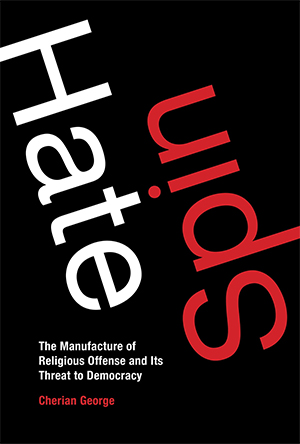
In the 1920s, Gandhi’s Ahmedabad was the spiritual center for the political principles of nonviolence and nondiscrimination. Eighty years later, Ahmedabad would be ground zero for one of India’s bloodiest communal massacres since partition. After that, in the new normal presided over by Chief Minister Modi, the city was divided by physical, institutional, and cultural walls completely antithetical to India’s founding vision. Muslims are ghettoized in the suburb of Juhapura, which is denied municipal services. “It is almost impossible for Ahmedabad’s Muslims to obtain a housing loan for a home in a Hindu area, and the city government of Ahmedabad has designated most of Juhapura as an agricultural zone. Muslims are therefore not only pushed on the margins of the city but also towards illegality,” says Zahir Janmohamad, an American human rights worker who witnessed the 2002 pogrom and has written a book about contemporary Ahmedabad.
Modi’s Bharatiya Janata Party (BJP) was formed in 1980. Like India’s other nationalisms, however, its roots go back to the late 19th century. The BJP is the political wing of a formidable network of groups referred to collectively as the Sangh Parivar (“family of organizations” in Hindi). The movement’s main driver is the Rashtriya Swayamsevak Sangh (RSS), an all-male Hindu chauvinist organization founded in 1925. At its most benign, the RSS is a disciplined force of volunteers dedicated to social service, usually among the first to offer help in natural disasters. But RSS militants are also at the forefront of extreme intolerance, leading the charge in violence against minorities, organizing forced conversions, and attacking writers and artists.
Pradip Jain, a smartly dressed lawyer, is the RSS spokesman in Gujarat. Sitting cross-legged on a divan in an office in Ahmedabad, he tells me that the role of the RSS is simply to spread good values and build good human beings, who would in turn build the nation. “Just like every family has a head, every society has a head, and religion is its head.” He explains that, while the country is ordered by its constitution, the nation is ruled by dharma, loosely translated as life-sustaining cosmic order. This is, he says, what sets India apart from other nations. “In India, dharma is supreme.”
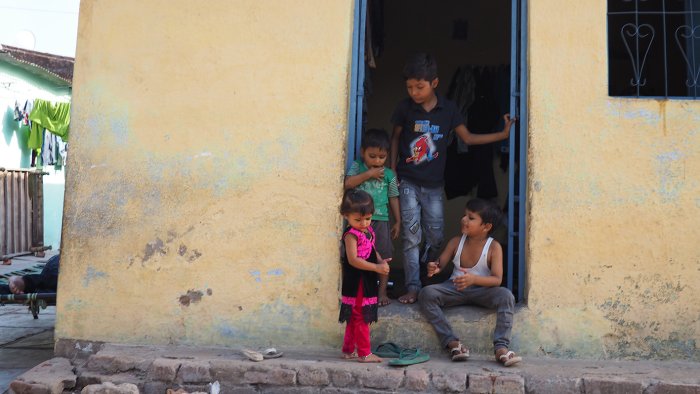
This self-understanding, of being both separate from and superior to the trivialities of electoral politics, makes the RSS an uncompromisingly ideological organization. It has no political agenda as such, Jain insists: it inculcates values and does not interfere with the state. This, however, is not some isolationist sect. The RSS may not want to govern — that is the BJP’s job — but it obviously relishes power, and does not mind being feared. It has mastered its unique place in Indian life, everywhere and nowhere, fluid and iron. The RSS doesn’t even have a formal membership system, Jain says, but that does not stop him from giving a small, satisfied smile when I point out that it is reputedly the largest voluntary organization in the world. And even as he insists that the RSS does not tell its followers what to do, Jain notes that each is required to give back something to the society in his own sphere. “The person who has built his persona through Sangh will not leave any stone unturned,” Jain says with the same smile. You get the sense that the chill invoked by this choice of words was probably not accidental.
Like other fascist groups throughout history, the Hindu Right believes that the best defense is a good offense.
The RSS and its family of organizations are seized by the perceived threat to the status of India’s majority religion. And like other fascist groups throughout history, the Hindu Right believes that the best defense is a good offense. It projects a muscular Hinduism that would wrest India into a new era of glory if given power, and brooks no dissent from those — including Hindus of a more liberal persuasion — who stand in their way. Violence is meted out or instigated by members of the Vishva Hindu Parishad (VHP) and other extreme groups within the family of right-wing organizations.
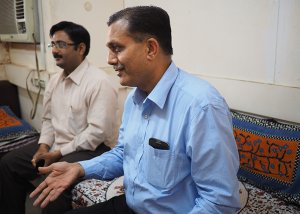
The Sangh Parivar’s ideology is dubbed Hindutva (“Hinduness”), to distinguish it from Hinduism. The movement does not demand a theocratic state or any explicit embrace of Hinduism as the state religion. Hindutva is a national-cultural rather than a religious category, seen as synonymous with the idea of India. Indians of other faiths, including Muslims, should therefore have no trouble accepting Hindutva, according to the Sangh Parivar. If they choose not to, they must be traitors to the nation. The Sangh Parivar’s main grievance is that India’s Congress-architected secularism has been too accommodating to Muslims and other minorities. One major symbolic sticking point is the state’s recognition of Muslim personal law for marriage and inheritance, while other Indians are subject to a uniform civil code. The Sangh Parivar claims to seek formal equality, and wants to remove policies intended to protect minority rights. But the movement has a record of religious discrimination, even in distribution of disaster relief, as well as extreme intolerance backed by physical violence.
BJP-led coalitions had brief moments in power in 1996 and 1998, followed by a full five-year term from 1999. The demolition of a 16th-century mosque in Ayodhya in 1992 contributed to the BJP victory by energizing RSS members on the ground. The Babri Mosque had allegedly been erected on the site of an ancient Hindu temple believed to have marked the birthplace of Rama, an avatar of the Hindu god Vishnu and the hero of the epic Ramayana. In 1990, BJP president L. K. Advani embarked on a 10,000-kilometer journey across northern India to Ayodhya, where he said he would build a new temple. He and his entourage were arrested before they could do any damage. In December 1992, however, the authorities felt they had no choice but to step aside when up to 200,000 activists descended on the sacred site. Although the attackers were initially characterized as a frenzied mob, journalists later revealed that Sangh Parivar leaders coordinated the group and the attack. “Volunteers were trained, logistics painstakingly put in place and the assault on the disputed shrine launched using large surging crowds with volunteers skilled in demolishing structures embedded in it,” reported the Times of India.
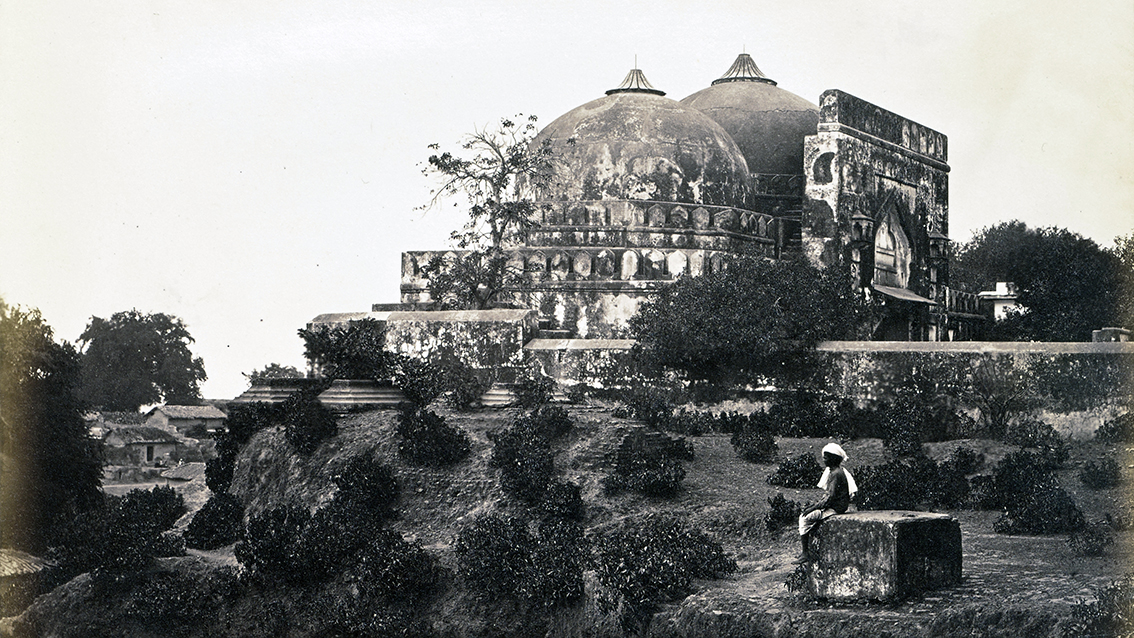
The appeal of BJP to Indian voters has never been guaranteed because Hindus in India do not generally behave as a vote-bank — they have not traditionally voted as a unified bloc. Varghese K. George, the political editor of the Hindu — a national newspaper that, despite its name, is one of Indian journalism’s stoutest champions of secular democratic values — identifies three structural weaknesses in the Sangh Parivar that, historically at least, limited its electoral prospects. First was the tension between Hindu traditionalists focused on the transcendental and a middle class impatient for higher standards of living. Second, caste divisions within Hindu society limited the appeal of BJP elites among less privileged groups. Third, there was an uneasy balance of power between the dogmatic RSS and the electoral pragmatism of the BJP.
Narendra Modi provided an answer to all three dilemmas, George says. For a start, he bridged the traditional and the modern. With the Gujarat pogrom of 2002, the state’s chief minister had already established his credentials as an unflinching defender of the faithful. He would spend the next decade cultivating the second part of what one commentator called his “two-in-one package of rabid Hindutva and pro-reform smartness.” Modi aggressively pursued economic growth while championing largely symbolic religious causes, for instance, opposing the slaughter of cows. Hindutva 2.0, as George calls it, breaks from the past mainly in its embrace of neoliberalism. Under Modi, Gujarat resisted redistribution policies and embraced economic growth. “Going by Mr. Modi’s public pronouncements over several years, Hindutva 2.0 is a particular variant of neoliberalism that dovetails religious nationalism with economic progress,” he says.
The second problem, caste, had been the major obstacle to the BJP’s achieving power in India’s poorer states. Backward castes — such as the Dalits, traditionally treated as outcastes or untouchables — felt better represented by the national Bahujan Samaj Party and state-level organizations such as the left-leaning Samajwadi Party in Uttar Pradesh. To woo them, Modi flaunted his own backward caste origins, significantly broadening his appeal. But to foster Hindu unity, it was also necessary for Modi to conjure up a common enemy. Muslims — already associated with Pakistan and global terrorism — readily served that purpose. Modi’s predecessors recognized this when they tore down the Ayodhya mosque. The Supreme Court banned building anything in its place, so the site remained a potent injustice symbol for cultivating fear and loathing of Muslims.
Within 150 days of Modi becoming chief minister of Gujarat, Hindu hard-liners there were massacring Muslims. An investigation into the riots by the Campaign Against Genocide found the state government “complicit and culpable at the highest level.”
Modi was also able to transcend the RSS–BJP tension. As a member of RSS since the age of eight, his pedigree was unquestioned. The first BJP prime minister, Atal Behari Vajpayee, had tried to keep the extremist tendencies RSS at bay. Unable to stomach the 2002 pogrom in Gujarat, he had even tried to oust Modi as the state’s chief minister. But by then, Modi was already untouchable in Gujarat. In 2013–14, he contemptuously brushed aside his rivals within the BJP. He had emerged as the Sangh Parivar’s best hope for returning to power. “In the persona of the Gujarat chief minister — who projects a masculine Hindu pride while seeming to embrace a pragmatic economic philosophy and sporting a Movado watch, Bulgari spectacles, and Montblanc pens — the RSS may have found a way to resolve, or at least dissipate, the tensions between its ethos and the exigencies of contemporary political life,” noted the journalist Dinesh Narayan.
If the BJP’s road to Delhi in 1998 was paved with the shattered stones of the Babri Mosque, its stunning return in 2014 detoured through the blood-soaked streets of Ahmedabad as well as the supportive boardrooms of major corporations. Within 150 days of Modi becoming chief minister of Gujarat, Hindu hard-liners there were massacring Muslims. An investigation into the riots by the Campaign Against Genocide — a network of civil society organizations that includes Hindu and other faith-based groups — found the state government “complicit and culpable at the highest level.” Modi has never been able to live down his association with the 2002 pogrom. Not that he has tried to. For a significant section of his core constituency, the Gujarat pogrom was about finally teaching Muslims a lesson, a long-overdue turning of the tables against a dangerous minority. Moderates in the Hindu population were horrified, but — as politicians around the world understand — moderates don’t make the most effective army for an election campaign. The troops whose enthusiasm Modi needed most were members of the RSS, which had founded the BJP in 1980. Only with their blessings could Modi achieve preeminence within the BJP. Even after he emerged as the clear front-runner, when prudence might have suggested that he position himself as a more moderate and inclusive PM-in-waiting, Modi’s campaign burnished his image as a Hindu strongman. The giving and taking of religious offense continued unabated.
The New PM
Faced with the realities of governing, candidates who campaign as extremists often become moderates in power. But two years after Modi’s arrival in Delhi, there are few signs of moderation in Hindutva hate spin. Modi handed education and culture to the dogmatic RSS, as a reward for its support in the campaign. The movement is steadily asserting its power over the prime minister, says the historian Ramachandra Guha. All in all, the transition from “campaign Modi to governance Modi” has not been a smooth one. If anything, the rhetoric of intolerance appears to have been ratcheted up, and in some cases gone well beyond mere words, erupting in violent attacks on minorities. For example, BJP MP Yogi Adityanath spearheaded a “ghar wapsi” (homecoming) campaign to convert Muslims and Christians by force to Hinduism. Although politicians like Adityanath are tarnishing Modi’s international reputation, it is difficult for him to restrain them, since their platform of religious nationalism got him elected. “It’s not a remote control thing that you can switch on and off as you please,” notes Varghese K. George.
Modi’s other key platform — economic revitalization — looked shaky. With little to show for its grandiose election claims, the BJP failed in its first major electoral tests after coming to power: it was beaten badly in elections in Delhi and Bihar in 2015. In the absence of strong economic results, identity politics may continue to be the cheapest way to win support. Midway through his first term, the prime minister had yet to go out of his way to reassure minorities that their status was secure.
The main restraint on the Hindutva agenda may be the country’s sheer ungovernability — an obstacle that has thwarted Indian leaders’ most progressive intentions, and may do the same to Modi’s Hindu nationalism. Everything, from India’s federal system to its irrepressible argumentative tradition, conspires against totalizing visions. The courts and the quasi-judicial commissions provide additional structural safeguards, says the constitutional lawyer Bhairav Acharya. In addition, other state imperatives, especially national security, may kick in. After a spate of widely publicized attacks on Christians, including the brutal rape of an elderly nun, the former navy chief Sushil Kumar made a telling intervention: India could not afford to pollute its secular environment to such an extent that it compromised its multiethnic armed forces. “The armed forces have always been considered in India as the strongest pillar of our society, and the reason is simply that we are a secular armed force,” he said. “Now to allow such a virus to percolate into the armed forces is a very dangerous thing.”
Most of the prime minister’s rhetoric has focused on the economy and foreign affairs. At the same time, Modi continues to say and do enough to encourage his core constituency on the Hindu Right that the dream of Hindutva is still alive. His divisive rhetoric is striking for its economy. He does not have to say much. Thanks to decades of Hindutva hate propaganda, the ongoing campaign to rewrite Indian history, and the pogroms of Muzaffarnagar and Gujarat, Modi’s adulatory audience can fill in any blanks he leaves with readily accessible mental flashcards. In one of his first parliamentary speeches as prime minister, Modi referred, in passing, to the need to shed “1,200 years of slave mentality.” His audience required no further elaboration. They knew that negating 12 centuries of history meant transcending not just British colonialism but also India’s Muslim heritage. Here was Modi’s vision of India’s tryst with destiny: a glorious Hindu civilization, foreign invasions, minorities who demand more and more, and a strong leader prepared to teach those invaders a lesson.
Cherian George is Professor of Media Studies at Hong Kong Baptist University’s School of Communication and a former journalist. This is an excerpt from Chapter 4 of his book “Hate Spin: The Manufacture of Religious Offense and Its Threat to Democracy.” The full chapter can be read here.



